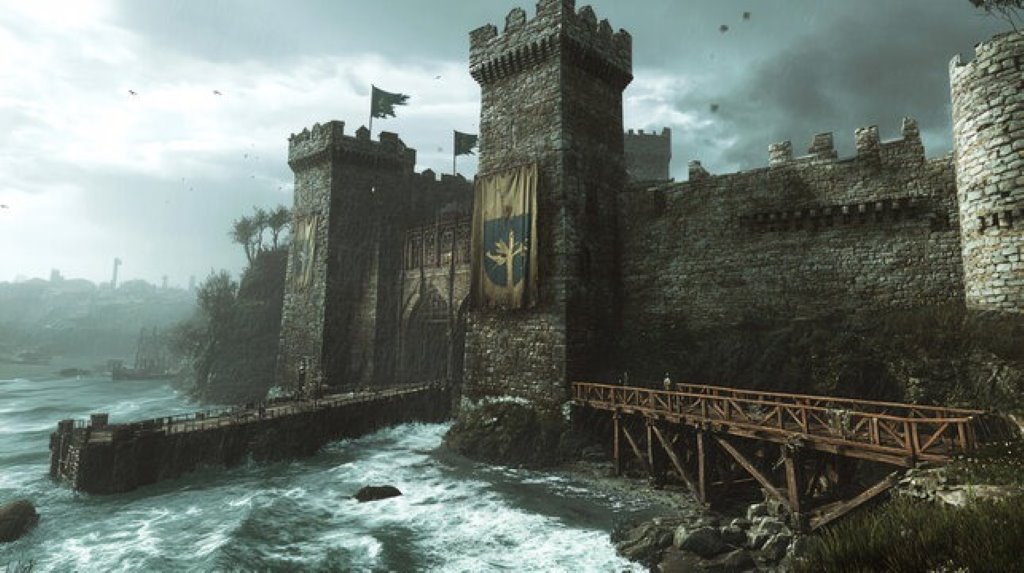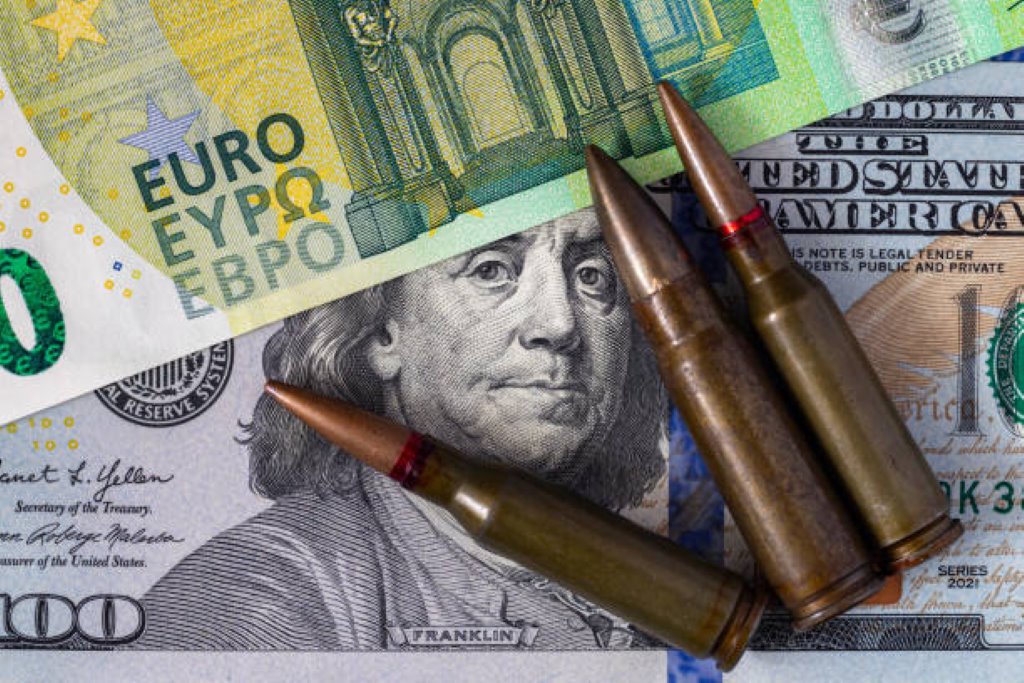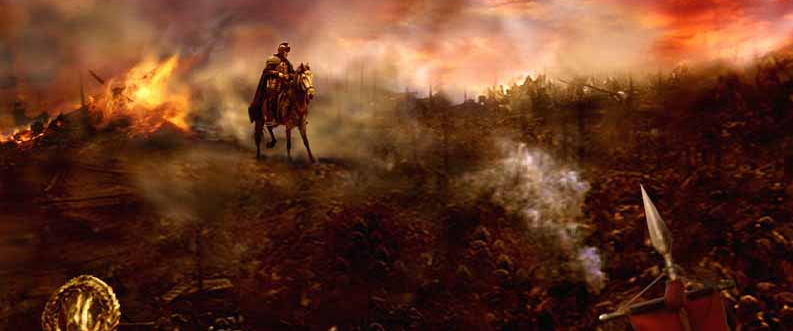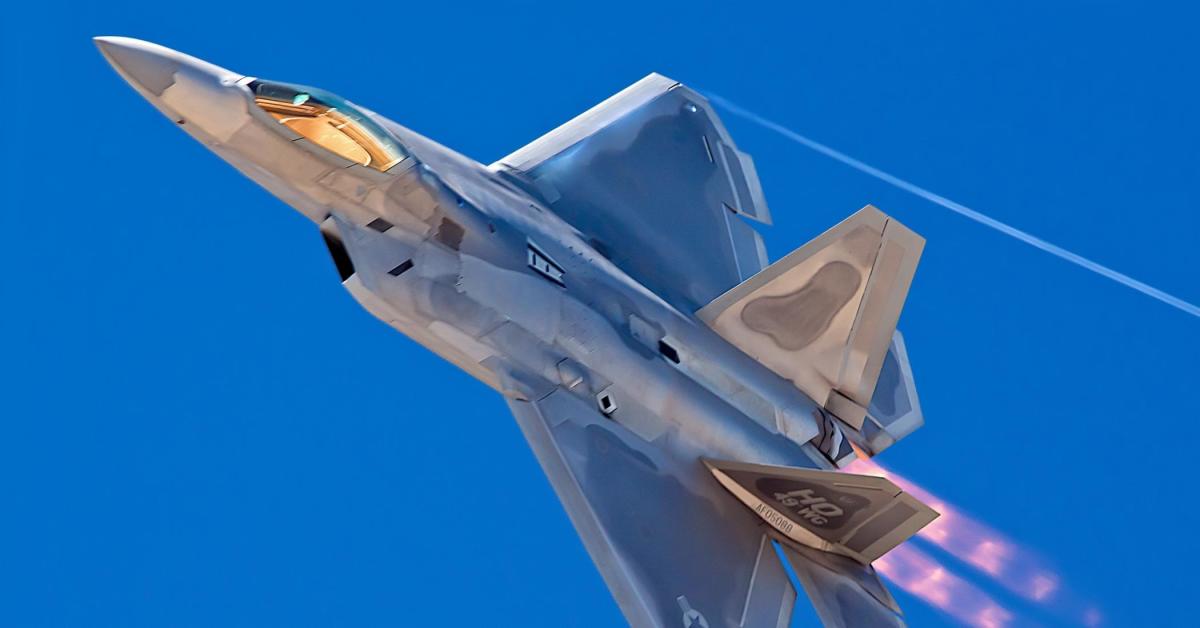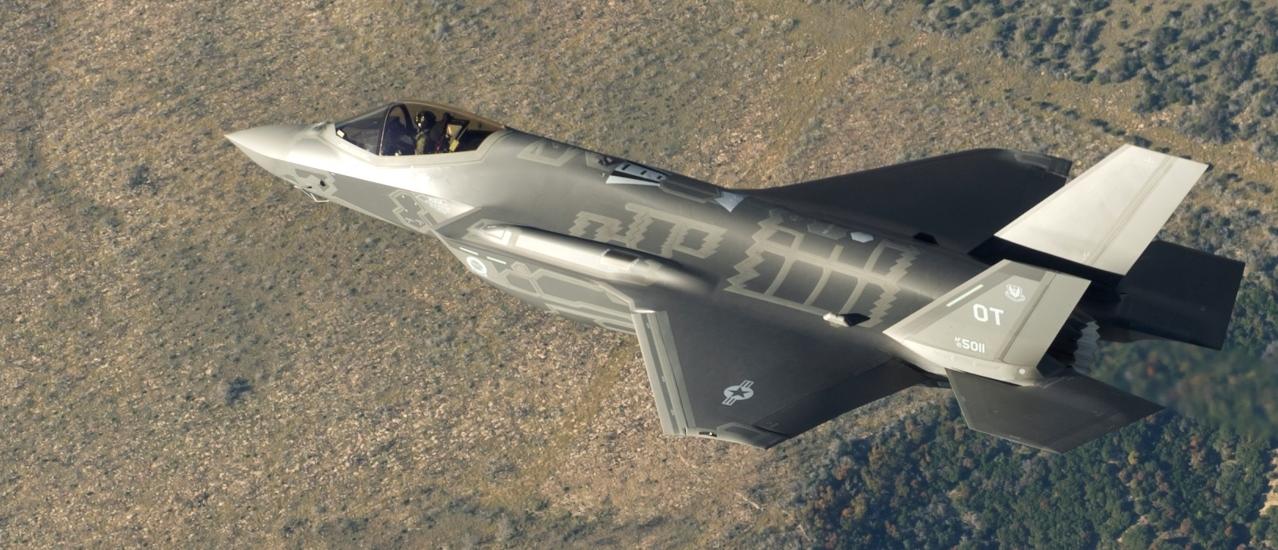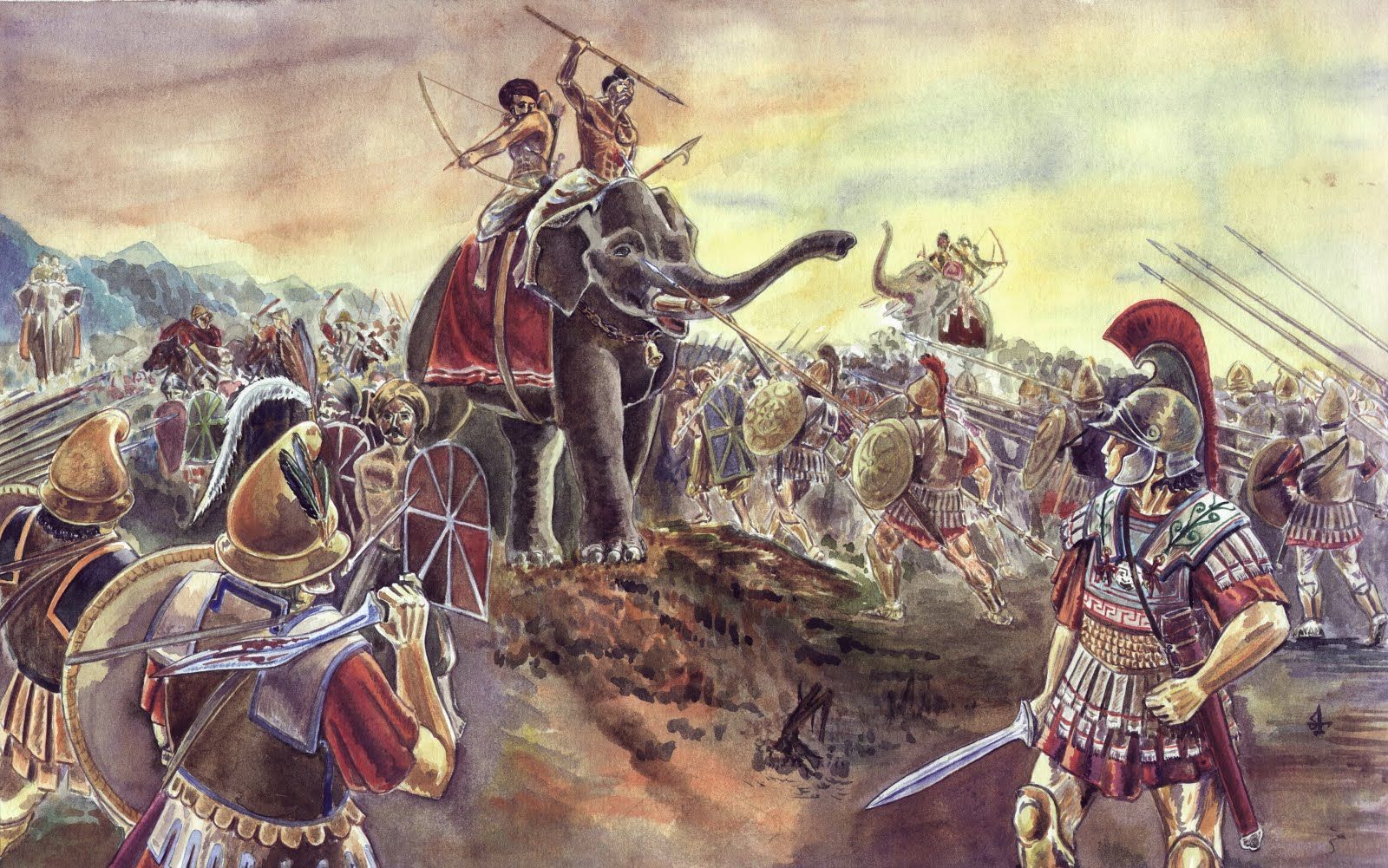Ancient Fortresses and Defensive Systems
Long before modern weapons, standing armies, or national borders, human survival depended on one hard truth: whoever could defend a fixed place could shape the future. Ancient fortresses were not romantic ruins or symbols of glory. They were life-support systems built in stone, earth, and wood, designed to withstand violence, hunger, fear, and time itself. Every wall, gate, and tower was the result of accumulated experience—lessons learned from failed defenses, lost cities, and entire populations wiped out.


